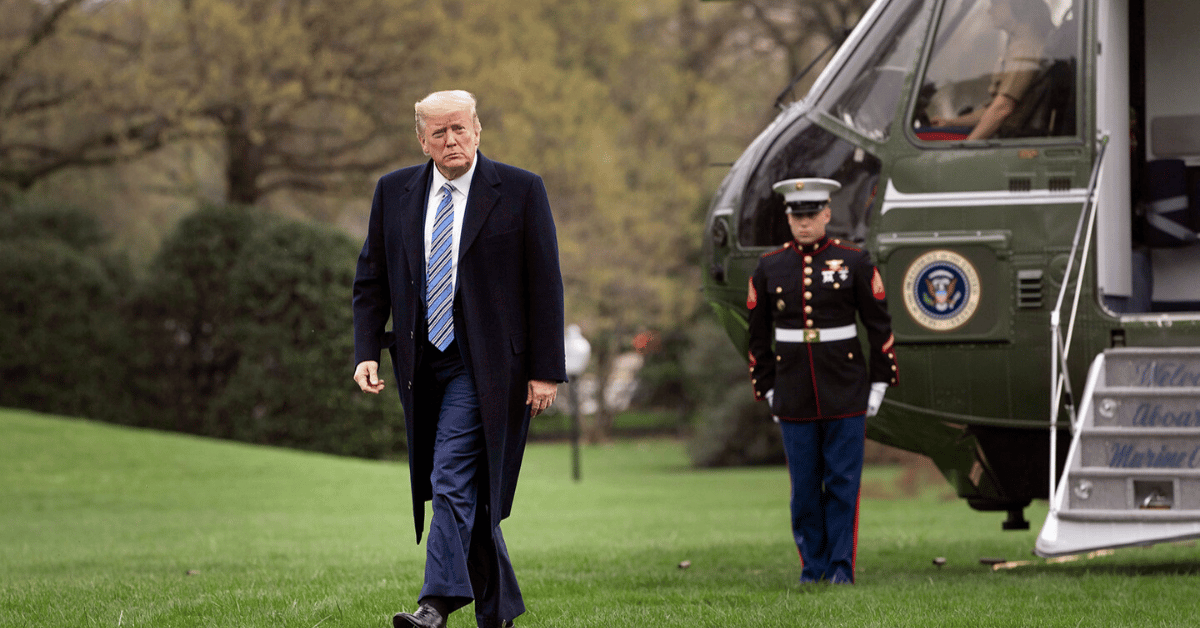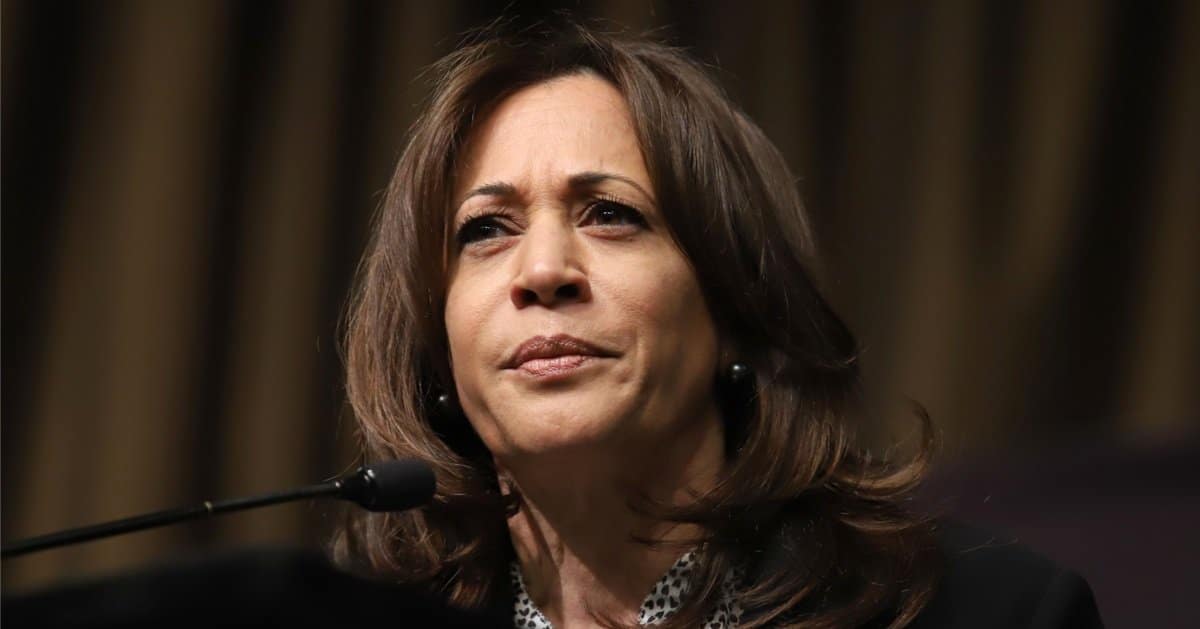




Imagine the horror of a fiery explosion lighting up the evening sky as a UPS cargo plane plummets to the ground near Louisville’s Muhammad Ali International Airport, taking lives in a heartbeat.
The New York Post reported that on Tuesday evening, a devastating crash of UPS Flight 2976 shook the Louisville community, killing at least seven, injuring 11, and leaving emergency crews scrambling through a hazardous inferno to search for more victims.
The tragedy unfolded just 13 minutes after takeoff, around 5:15 p.m., when the McDonnell Douglas MD-11, bound for Honolulu, Hawaii, lost control and crashed into a petroleum recycling plant roughly three miles south of the airport.
Carrying three crew members and 50,000 gallons of jet fuel, the plane erupted into a massive fireball upon impact, with flames and a towering plume of smoke visible for miles, as captured in chilling aerial footage.
Disturbing videos circulating online show the aircraft lifting off with one wing already ablaze before it tragically flipped and slammed into the ground, a stark reminder of how quickly disaster can strike.
Among the seven confirmed dead are the three crew members, presumed lost, and four individuals on the ground, with fears that the toll could climb as responders sift through the wreckage.
The crash’s proximity to Kentucky Petroleum Recycling and nearby Grade A Autoparts raised immediate concerns, with the latter unable to account for two employees who may have been on-site during the incident.
In response, Louisville Metro Police issued a shelter-in-place order, initially spanning a 5-mile radius, later extended northward to the Ohio River, before scaling back to 1 mile by 10 p.m. that night.
Residents nearby were urged to shut off air intake systems as smoke drifted toward southern Indiana, a precaution that underscores the environmental ripple effects of such a catastrophe—something regulators often downplay in their rush to ‘modernize’ industry.
Over 100 firefighters and emergency personnel battled the blaze, which raged for hours, finally containing it late that night while still combing a designated “hazard zone” for additional victims or trapped individuals.
The airport shut down for the remainder of the evening, with a planned reopening the following morning, leaving travelers to grapple with delays and the sobering reality of such a disaster’s fallout.
Louisville Fire Chief Brian O’Neill captured the raw emotion of the moment, saying, “We have watched this terrible video, we have watched these horrible incidents, just remember, please, those are real people that that impacted, let’s take a moment to think about them and their families and their loved ones.”
While Chief O’Neill’s words tug at the heartstrings, let’s not forget that behind every tragedy, there’s a need for hard answers—something the FAA and NTSB, now leading the probe with nearly 30 officials arriving to investigate, must deliver without the usual bureaucratic stall tactics.
Louisville Mayor Craig Greenberg also weighed in, stating, “Having a tragedy like this in your backyard impacts all of us greatly. I know the feeling that I first got when I saw the plume of smoke, and when I’d heard what had happened, and how my heart dropped.”
Greenberg’s sentiment rings true, yet in a world obsessed with progressive talking points over practical solutions, one hopes this tragedy refocuses leaders on real community safety rather than symbolic gestures—Louisville deserves accountability, not just empathy, as the NTSB updates roll in.



